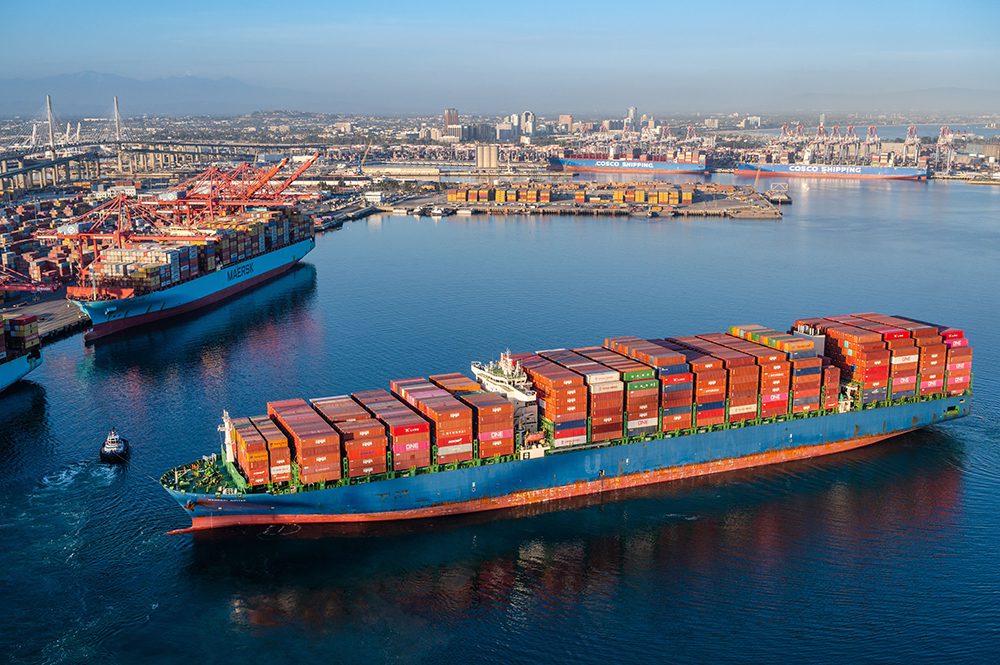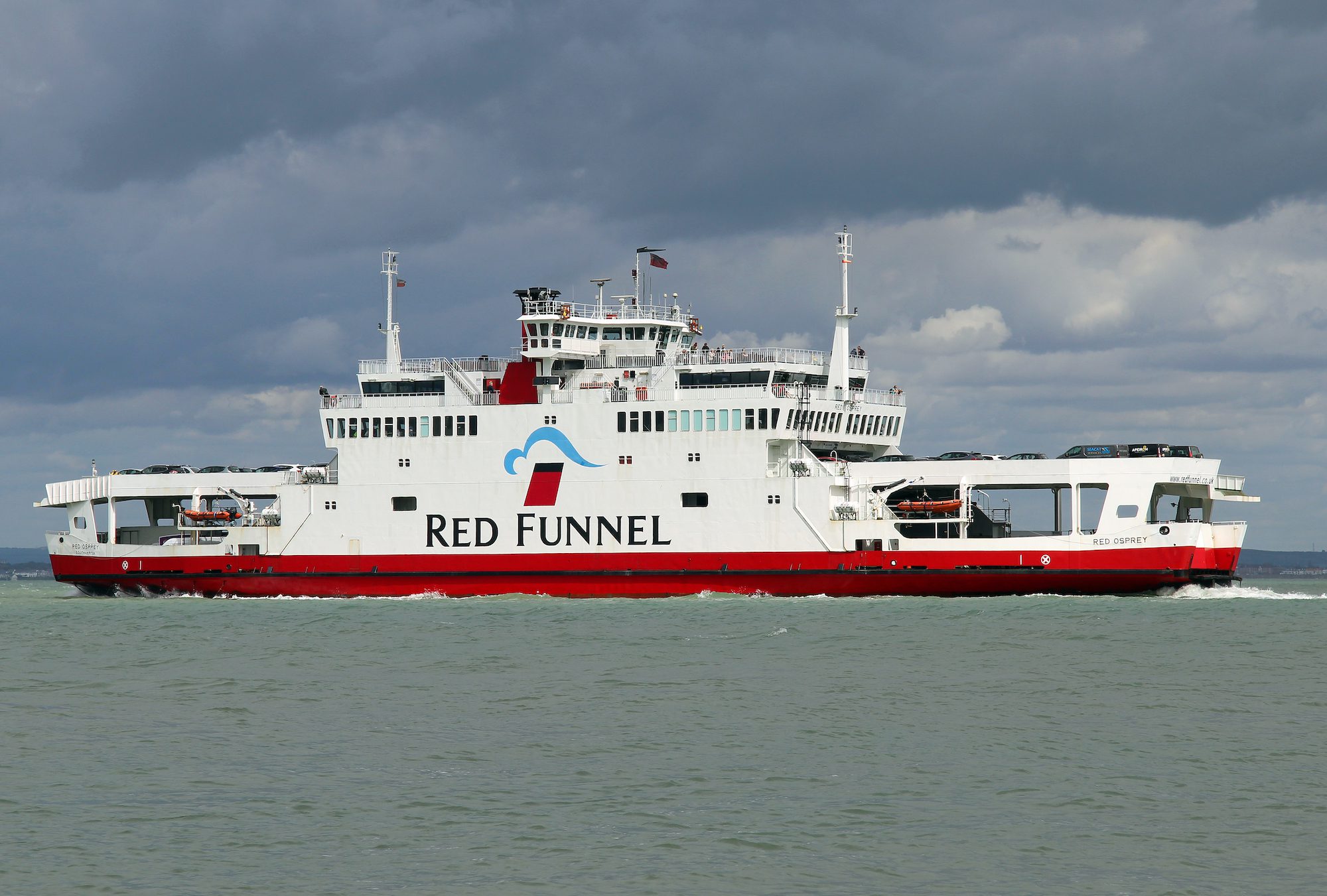Long-term container freight rates are soaring as many U.S. shippers begin negotiations over new long term contracts at the Journal of Commerce’s TPM24 conference in Long Beach next week.
Ocean freight benchmarking firm Xeneta reports that its Xeneta Shipping Index (XSI®) recorded its most significant global increase in 18 months, hitting 154.4 points in February. The index measures the average of all long term rates in the ocean freight shipping market based on crowdsourced data. The surge is primarily attributed to the addition of Red Sea diversion-related surcharges to existing long-term contracts, notably those involving Asia-Europe trades.
The TPM24 conference, scheduled for next week, will serve as the negotiation platform for new long-term contracts with US importers. Carriers may leverage recent market developments and the 180% surge in the spot market on the Transpacific trade since mid-December to justify rate increases in the forthcoming agreements. Conversely, US shippers may refer to the relatively stable US imports, along with a softening spot market, to argue for a contract that aligns with their current agreement at a lower level.
As Michael Braun, Xeneta VP of Customer Success & Solutions, noted, the central question is whether the impact of the Red Sea surcharges on long-term rates will be felt at a regional level, especially on the Transpacific trade.
“This is the million-dollar question ahead of negotiations because both the carriers and shippers have extremely strong positions. The problem is they are some thousand dollars per FEU apart in what they are aiming for,” said Braun.
The impact of Red Sea diversions is more pronounced on imports into the US East Coast than on the Transpacific. Braun highlighted that while Transpacific rates are determined by supply and demand, imports into the East Coast are affected by situations in the Suez Canal or Panama Canal. Any freight professional shipping from India to the US East Coast could see their costs on the spot market double.
Despite the challenging circumstances, Braun believes that solutions can be found through flexible agreements. “Clearly there needs to be some flexibility built into the new agreements otherwise it is a big risk for both sides. It could be done through agreement to review after three months or an index to mitigate risk,” said Braun.
“It depends on the individual players but there has to be a variable element,” he concluded.
Unlock Exclusive Insights Today!
Join the gCaptain Club for curated content, insider opinions, and vibrant community discussions.

 Join The Club
Join The Club













